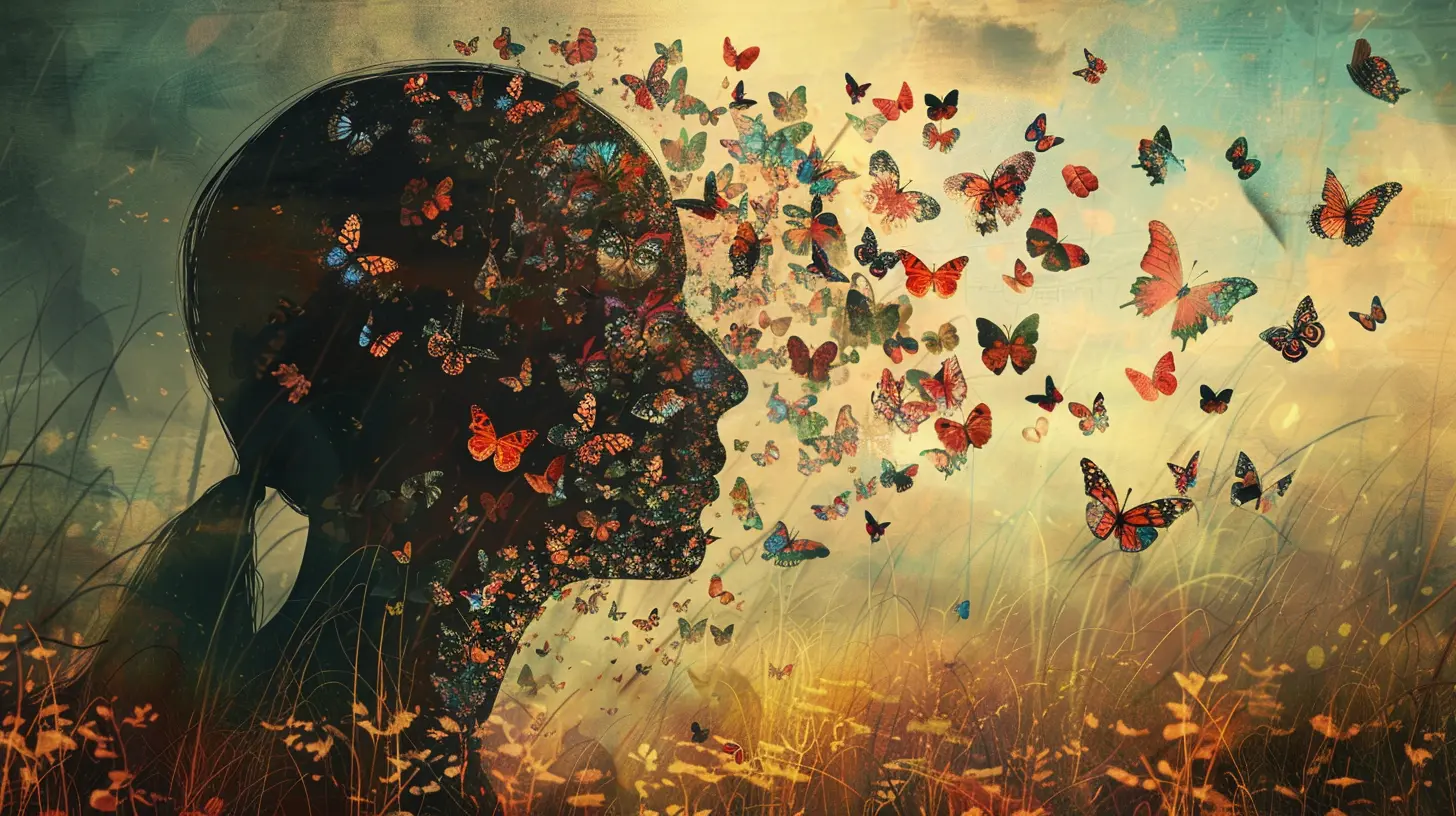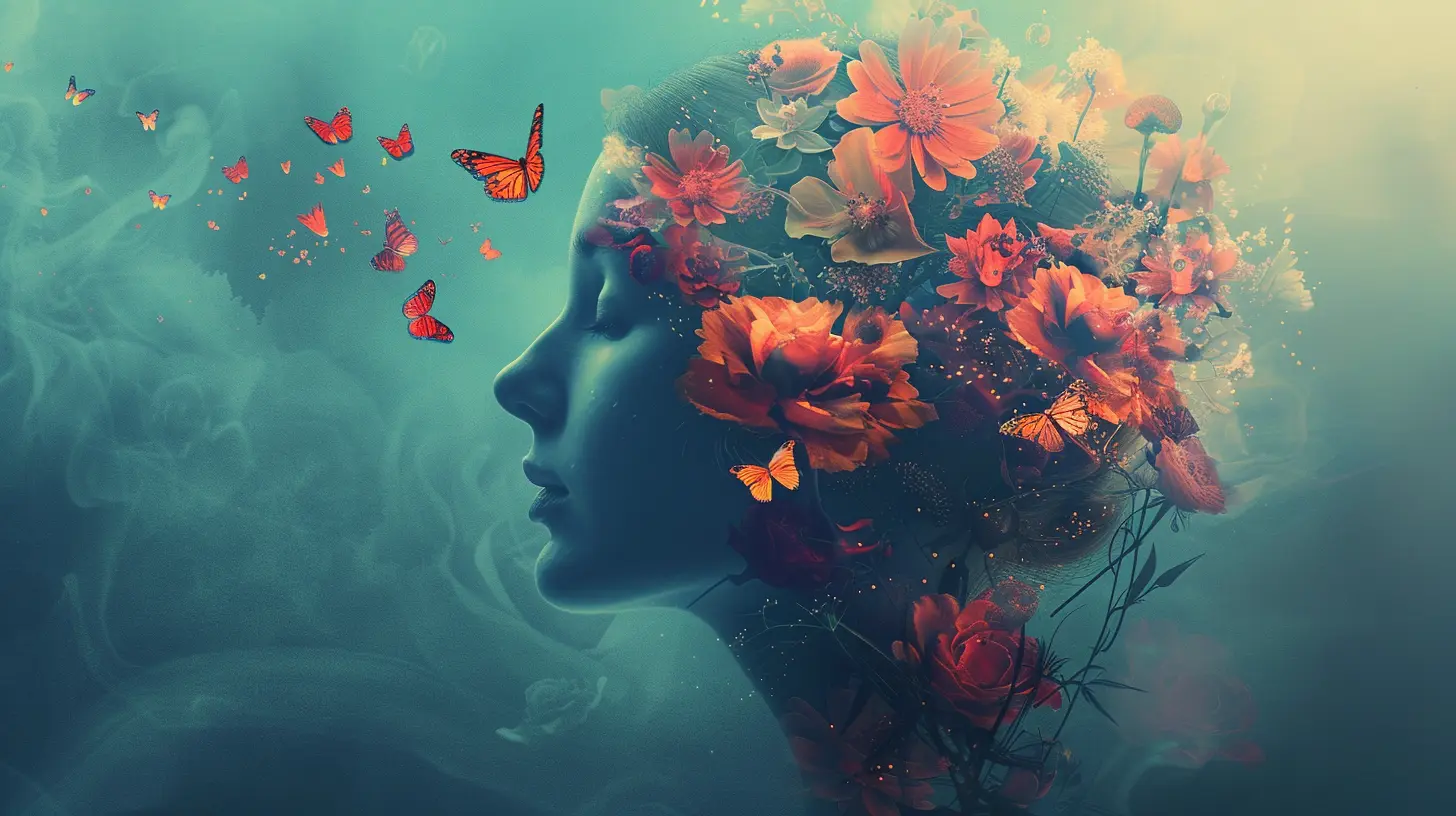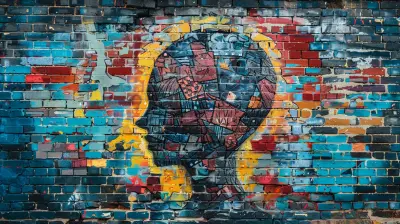Cultivating Hope: A Positive Psychology Perspective
27 October 2025
Let’s face it. Life can be a bit of a circus sometimes—juggling work, relationships, deadlines, bills, bad hair days, and finding matching socks. In the middle of all that chaos, hope is the tiny little voice that whispers, “Hang in there,” even when the rest of your mind is screaming, “We’re doomed!”
But what if I told you that hope isn't just some fluffy emotion reserved for motivational posters and heartwarming Pinterest quotes? Nope—hope is a powerful psychological tool, and when cultivated properly, it can change how we think, feel, and even how our lives unfold.
So, buckle up and grab your favorite beverage, because we’re diving into the sunny side of psychology—Positive Psychology—and breaking down the art (and science) of cultivating hope.
What Is Positive Psychology, Anyway?
Let’s start with some brain-friendly housekeeping. Positive Psychology isn’t about pretending everything is sunshine and rainbows when it's not. Instead, it focuses on what’s right with people rather than what’s wrong. Coined by Martin Seligman, this branch of psychology is all about fostering strengths like resilience, gratitude, joy, and you guessed it—hope.Think of it as emotional CrossFit. Sure, life throws weights at you, but Positive Psychology builds up your mental muscles so you can lift, dodge, or juggle those metaphorical dumbbells with a little more grace (and maybe even a laugh or two).
Defining Hope: More Than Just Wishful Thinking
Hope isn't just crossing your fingers and wishing for the best, like hoping the Wi-Fi doesn’t crash during an important Zoom call. In Positive Psychology, hope is a dynamic cognitive process. Hopeful people don’t just want things to happen—they actively figure out how to make them happen.According to psychologist Charles Snyder (a.k.a. the godfather of hope theory), hope is made of three key elements:
- Goals – Knowing what you want.
- Pathways thinking – Figuring out how to get there.
- Agency thinking – Believing you’ve got what it takes to keep going, even when it gets tough.
So yeah, hope is more action-hero and less daydreamer than you thought.
Why Hope Matters: It’s Basically Your Brain’s Secret Weapon
Hope isn’t just a nice-to-have. It’s essential—like emotional oxygen. Research shows that hopeful people tend to:- Have better physical health
- Bounce back faster from setbacks
- Handle stress more effectively
- Perform better academically and professionally
- Build stronger relationships
In fact, hope has been linked to lower levels of depression and anxiety. It's like giving your brain a warm hug and a pep talk at the same time.
The Neuroscience of Hope (Yes, Your Brain Loves It)
Hope has a cozy little corner in your brain—the prefrontal cortex. That’s the part responsible for planning, decision-making, and problem-solving, basically your brain’s CEO. When you activate hope, your brain starts mapping out potential strategies and options. It literally starts working smarter.Think of it like Google Maps for your goals. Hope charts alternate routes when one path is blocked. No signal? No problem. Hope recalculates, reroutes, and keeps you moving forward.
How to Cultivate Hope (No Gardening Tools Required)
Now to the juicy part—how can you grow more hope in your own life? Good news: you don’t need to move to a mountaintop or enroll in a weeklong retreat. Hope is trainable, even in the middle of a messy Monday.1. Set Clear, Meaningful Goals
Vague goals like “be happier” or “get my life together” are like trying to hit a target with a blindfold on. Instead, set specific, achievable goals. Break ‘em into bite-sized chunks. Even tiny goals—like drinking more water or texting your mom back—can build momentum.Think of goals as breadcrumbs leading you out of the forest. One at a time, and boom—you’re back on the path.
2. Visualize the Pathways
Ever tried building Ikea furniture without instructions? Same goes for goals. Visualization helps your brain create those mental roadmaps. Picture yourself achieving your goal. Imagine the steps. Imagine the obstacles—and how you’ll ninja-kick them out of the way.This isn’t just woo-woo stuff. Athletes, CEOs, and even astronauts use visualization to prep their brains for success.
3. Cultivate Your Inner Coach (Not Your Inner Critic)
That inner voice in your head—yeah, the one that turns up the volume when you mess up? Give it a makeover. Swap out the critic for a coach. Instead of “You always fail,” try, “You’ve got this. Here’s what you can try next.”Hope thrives in positive self-talk. It’s like fertilizer for your motivation.
4. Celebrate Small Wins
Hope isn’t built on giant leaps—it’s stacked like Lego bricks, one small success at a time. Celebrate them! Did you finish a project? Nailed a workout? Resisted finishing the entire bag of chips? That counts.Every little “yay me” moment builds belief in your ability to do hard things. And that is the heartbeat of hope.
5. Hang With Hopeful Humans
You know those people who can make a Monday feel like a Friday? Keep them close. Hope is contagious (in a good way, unlike the flu). Surrounding yourself with optimistic, resilient folks can supercharge your own sense of possibility.Steer clear of the emotional vampires who drain your mental batteries. Instead, vibe with those who light you up.
Hope in Hard Times: When Life Smacks You Around
Okay, so hope sounds lovely and all—but what about when life really sucks? Like, heartbreak, job loss, illness, or full-blown existential crisis kinda sucks?Here’s the secret sauce: Hope doesn’t deny pain. It dances with it.
Hope says, “This is hard. Really hard. But there's still a way forward.” It’s that stubborn glow in the dark, the ember that refuses to burn out.
When things get grim, lean on the three pillars of hope:
- Adjust your goals if needed. Shorten the timeline. Shift the focus.
- Get creative with your pathways. There’s always another angle.
- Remind yourself of past resilience. You’ve overcome before. You will again.
Hope Boosting Habits (aka Tiny Daily Practices That Pack a Punch)
Want to sneak more hope into your day without a total life overhaul? Here are a few light-lift habits you can start right now:- 📝 Gratitude journaling: Write down 3 things you’re thankful for each night. Shifts your focus from lack to abundance.
- 🎯 Morning intentions: Start your day with one hopeful thought or goal.
- 📚 Read hopeful stories: Consume media that reminds you what’s possible.
- 🌳 Nature walks: Sounds obvious, but being in nature reminds us of growth, cycles, and fresh starts.
- 👂 Offer hope to others: Encourage someone else. Oddly enough, it fuels your own hope too.
Hope and Mental Health: Friends with Benefits
If you’re dealing with anxiety, depression, or burnout, cultivating hope can feel like trying to light a candle in a windstorm. But here's the encouraging part: hope can coexist with struggle.Therapies like Cognitive Behavioral Therapy (CBT) and Acceptance and Commitment Therapy (ACT) often include hope-building techniques. And guess what? Studies say hopeful individuals respond better to treatments, cope better with symptoms, and have a brighter outlook on recovery.
So yeah, hope isn’t just “nice.” It’s necessary.
Teaching Hope: Yes, It’s a Skill!
Whether you're a parent, teacher, coach, or that one overly involved friend—we all have the power to teach hope. It starts with modeling it.Show others how you tackle setbacks. Share your stories of persistence. Celebrate effort, not just outcomes. Encourage questions, curiosity, and creativity.
Hope grows best in environments where failure isn’t feared but embraced as part of learning.
Can You Be “Too Hopeful?” (Let’s Address the Rainbow Elephant)
Great question. The short answer? Yes, sort of.Blind optimism—aka toxic positivity—dismisses real challenges and feelings. Hope, on the other hand, acknowledges reality while still believing in possibility. So don’t confuse hope with denial. It’s not about pretending everything's fine; it’s about knowing things can get better.
Hope is realistic optimism. It smiles, but it also rolls up its sleeves.
Final Thoughts: Hope Is A Habit, Not A Hail Mary
Here’s the big takeaway: Hope isn't just something you either have or you don’t. It’s something you can grow. Water it, feed it, protect it—and it will protect you right back.Life will still toss lemons your way (it’s weirdly good at that), but with hope in your psychological toolkit, you’re not just stuck squeezing lemonade. You’re building a lemonade stand, marketing it, and turning it into an empire—with a smile.
So keep showing up. Keep setting goals. Keep believing in better. Because hope, my friend, is not naive. It’s brave. And it just might be your biggest superpower.
all images in this post were generated using AI tools
Category:
Positive PsychologyAuthor:

Ember Forbes
Discussion
rate this article
1 comments
Vincent Maddox
Beautiful insights on nurturing hope. Thank you!
November 8, 2025 at 4:43 AM

Ember Forbes
Thank you so much for your kind words! I'm glad you found the insights valuable.


